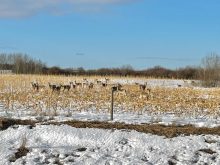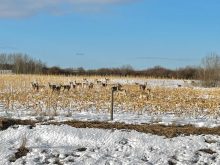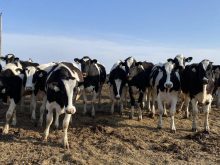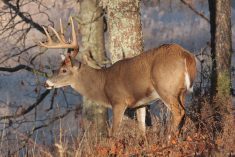Successful elk farming in Manitoba doesn’t stop at the farm gate, according to Ian Thorleifson, president of the Manitoba Elk Growers Association and lead author of The Elk Farming Handbook.
Instead, he said, “Support and promotion of the product and its versatility, quality and excellence are as much a part of elk raising, as quality feeding and handling. It is important, however, to distinguish the farming process from the product and its marketing.”
For some 40 years, elk farming has been part of livestock production in Manitoba. Early operations were essentially zoos, Thorleifson noted, part of early agro-tourism. As those operators became aware of how well elk fit into a domesticated livestock system and the many market opportunities however, the idea of larger-scale ranching began to develop.
Read Also
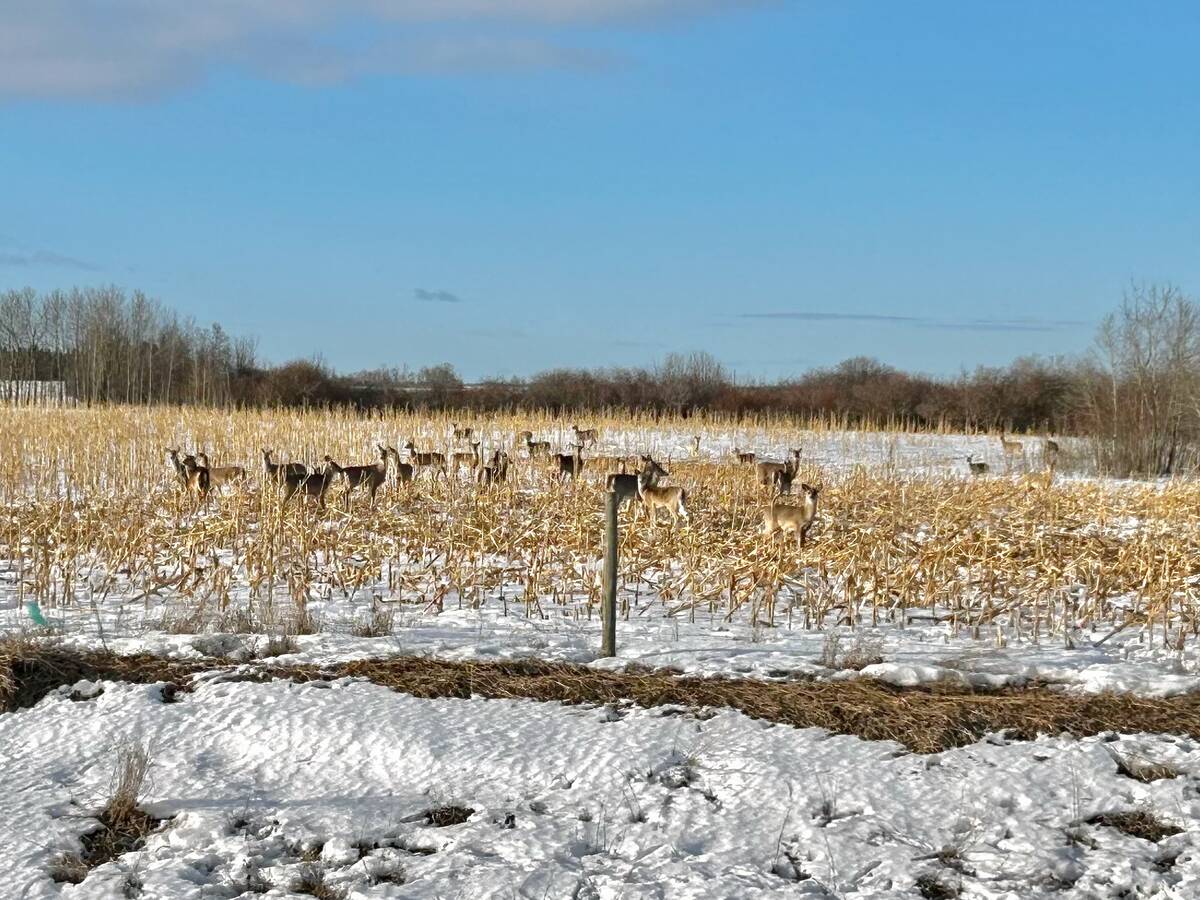
Five new CWD cases confirmed in Manitoba
Chronic wasting disease (CWD) has been found in five more Manitoba deer, including in two new municipalities without previous cases of the disease.
At its peak, Manitoba boasted over 50 elk farms, stocked with close to 6,000 elk, but diseases like BSE and chronic wasting disease (CWD) has had a detrimental impact. To date, there has never been a case of those diseases on a Manitoba elk farm — although the province found its first cases of CWD in wild deer last year. Likewise, Thorleifson said, there has never been a case of bovine tuberculosis in Manitoba-farmed elk.
The restrictions and regulations, however, have had a dramatic cooling effect on the sector, he argued. Today, there are 20 elk farms operating with 1,270 head.
Thorleifson and his family began in the cervid farming business with reindeer and elk in the late 1980s. They were allowed to keep the reindeer at the family’s ranch near Horod, although elk had to be boarded at a farm across the border in Saskatchewan. Since that time, Thorleifson has raised and traded elk, red deer, whitetails, reindeer, sika deer, bison, and cattle from New Brunswick to Alberta, with elk being steadily marketed.
The Manitoba producer says the elk-farming industry is blessed with a diversity of markets, including meat and byproducts from meat processing. There is also demand for hard antler for dog chews, carving, chandeliers and furniture, and mineral supplements — antler in the “velvet,” or growing phase, is valued in the nutraceutical market for arthritis, energy and stamina, recovery from wounds and internal organ protection. Hunting trophies are another avenue, one prized around the world.
Access to trophy ranches that sell the opportunity to harvest bulls is the biggest challenge Manitoba elk farmers face, Thorleifson said. These operations are huge areas – 2,000 to 30,000 acres – and are very successful, with hunters paying $4,000 to $7,000 to harvest a small bull. A big antlered bull can expect to fetch $40,000 and up, with a percentage going to the producer.
“Easily this is the most profitable market for elk. It’s also the most humane way to harvest them – quietly and effectively in their own comfortable habitat,” Thorleifson argued.
It is also, however, a market the elk sector can’t find at home. Provincial regulations do not allow trophy ranches in Manitoba.
CWD findings last year raised concern around trophy bull sales, since certain U.S. state laws would preclude the trade of animals from an area where the disease is considered active.





